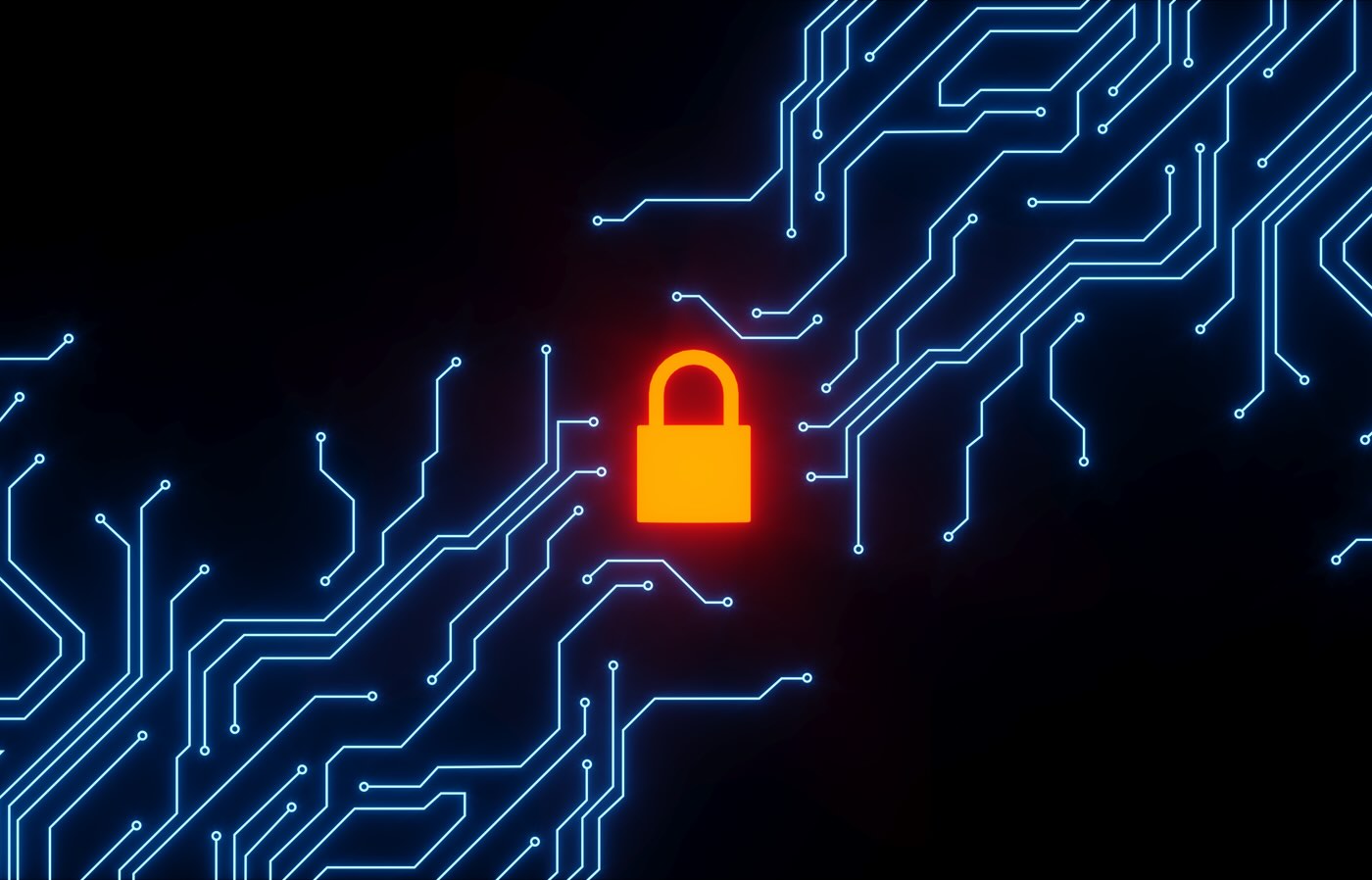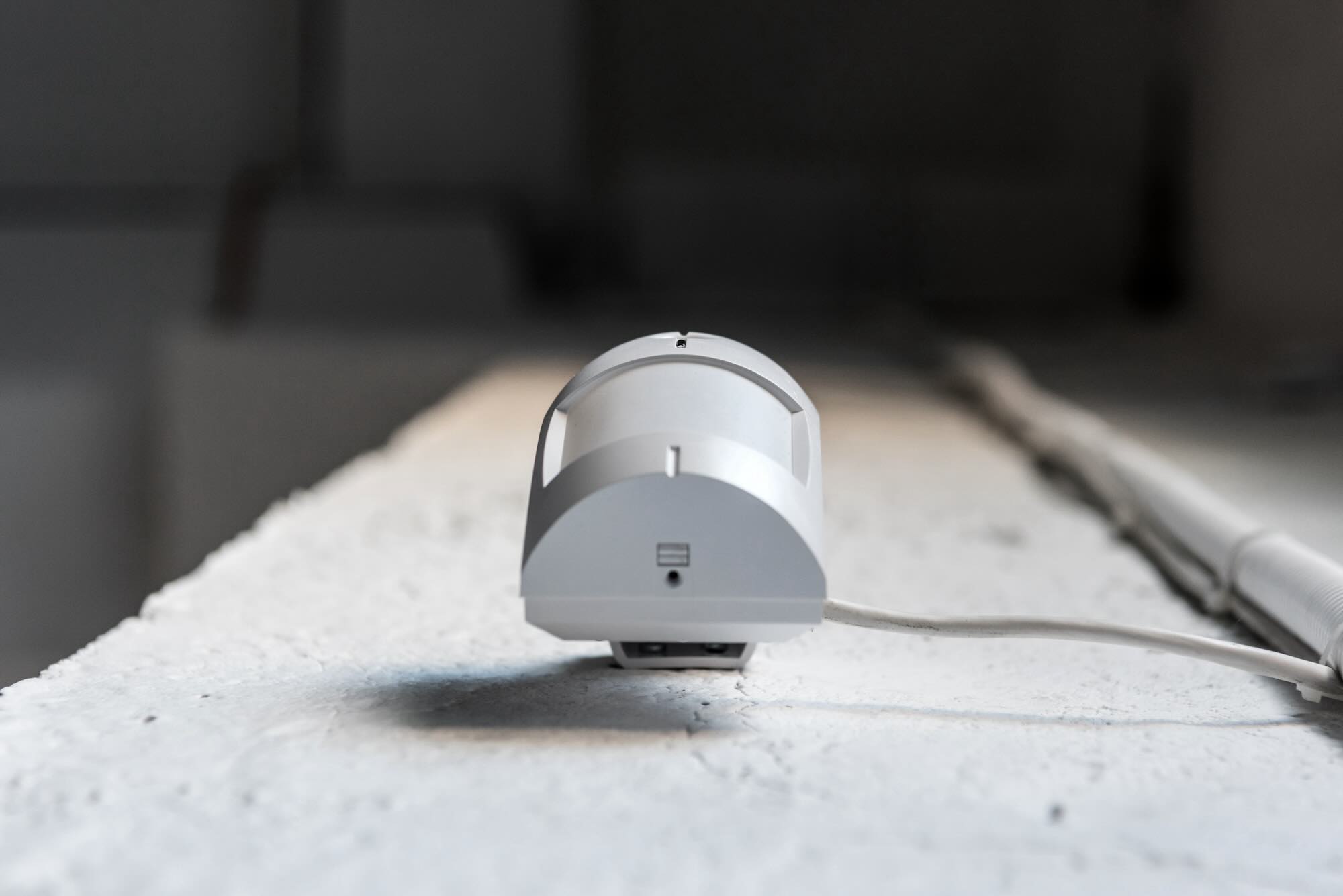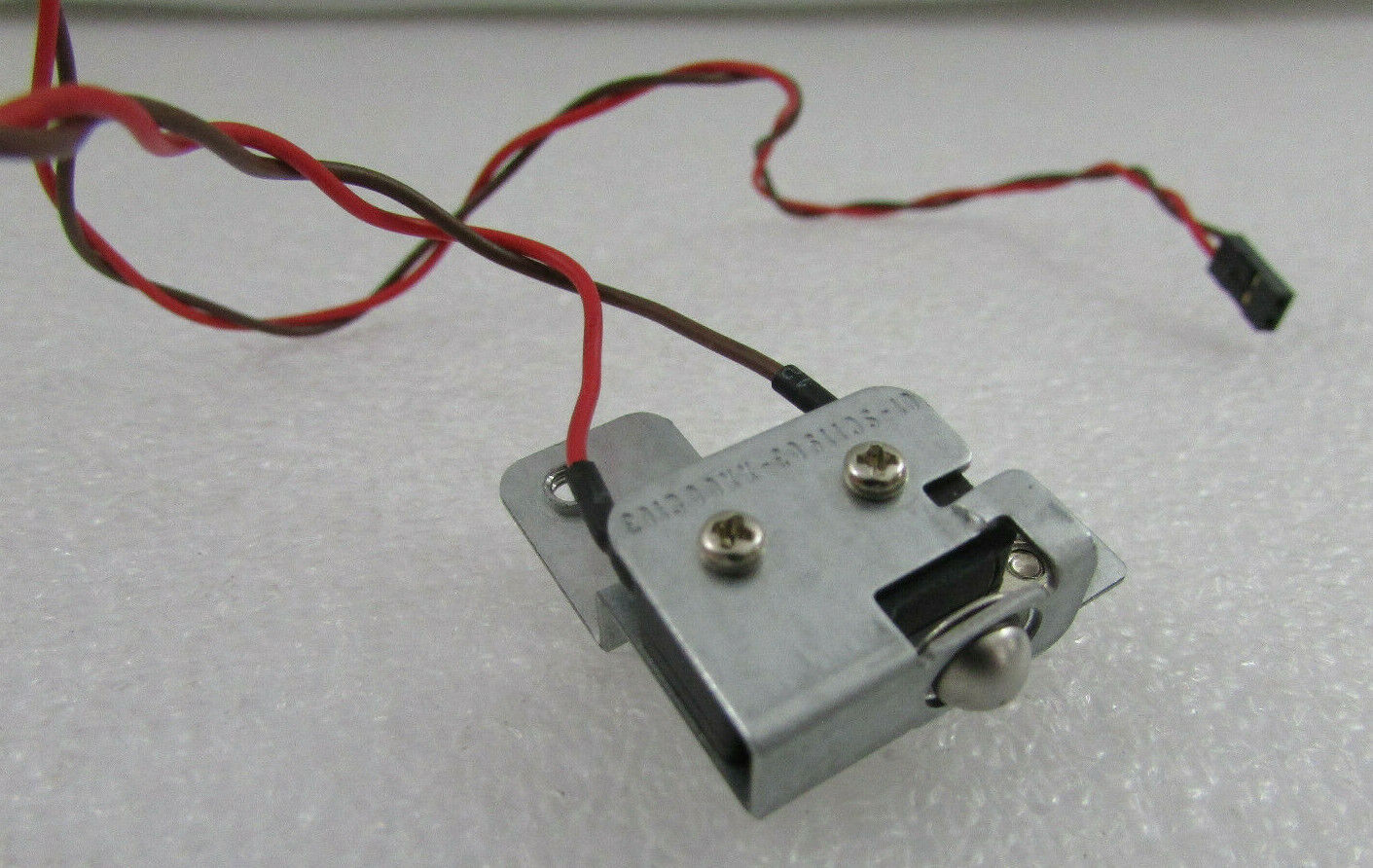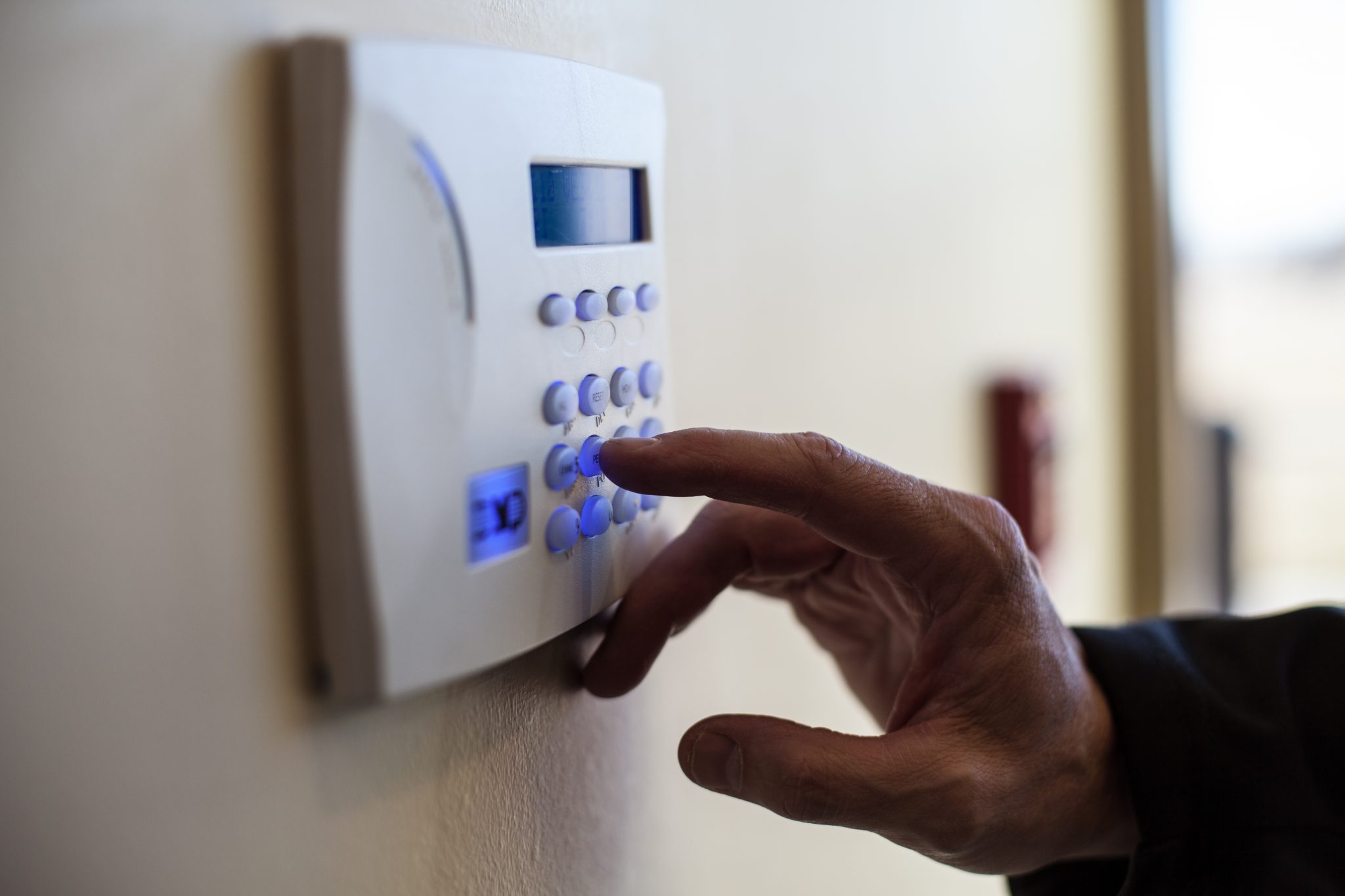Home>Home Security and Surveillance>How To Install Php-Intrusion Detection System On Ubuntu


Home Security and Surveillance
How To Install Php-Intrusion Detection System On Ubuntu
Modified: March 6, 2024
Learn how to install PHP-Intrusion Detection System on Ubuntu for enhanced home security and surveillance. Discover step-by-step instructions and optimize your protection.
(Many of the links in this article redirect to a specific reviewed product. Your purchase of these products through affiliate links helps to generate commission for Storables.com, at no extra cost. Learn more)
Introduction
Welcome to our comprehensive guide on how to install PHP-Intrusion Detection System (PHP-IDS) on Ubuntu. In today’s digital age, the importance of cybersecurity and safeguarding personal and business assets cannot be overstated. With the rise in cyber threats and hacking techniques, it has become crucial to implement robust security measures to protect sensitive information.
PHP-IDS is a powerful open-source security solution designed to detect and prevent various types of web application attacks. It works by analyzing incoming HTTP requests, identifying suspicious patterns, and blocking potential intrusions before they can cause harm.
In this step-by-step guide, we will walk you through the process of installing and configuring PHP-IDS on your Ubuntu server. By the end of this tutorial, you will have a robust intrusion detection system in place to enhance the security of your web applications.
Key Takeaways:
- Protect Your Web Applications
By installing PHP-IDS on Ubuntu, you can detect and prevent cyber threats, safeguarding your sensitive information and maintaining your website’s integrity. - Stay Ahead of Emerging Threats
Regularly update and maintain PHP-IDS to counter evolving security risks and ensure your web applications remain protected from potential attacks.
Read more: What Is Wireless Intrusion Detection
Prerequisites
Before we proceed with the installation process, ensure that you have the following prerequisites:
- An Ubuntu server with root access
- Basic knowledge of the Linux command line
- Apache web server installed and running
- PHP installed with Apache
If you haven’t already set up an Ubuntu server or installed Apache and PHP, you may refer to our guides on how to install Ubuntu on a virtual or physical machine and how to set up Apache and PHP on Ubuntu to get started.
Additionally, make sure you have an active internet connection so that you can download the necessary files during the installation process.
Keep in mind that PHP-IDS is compatible with different versions of PHP, including PHP 5.x and PHP 7.x. It is recommended to use the latest stable release of PHP to ensure optimum performance and security.
With these prerequisites in place, you are ready to install PHP-IDS and strengthen the security of your web applications.
Step 1: Update System Packages
Before installing PHP-IDS, it’s essential to ensure that your system packages are up to date. This will help you to install the latest version of PHP-IDS and its dependencies without any compatibility issues.
To update the system packages on your Ubuntu server, follow these steps:
- Open a terminal on your Ubuntu server.
- Log in as the root user or use the sudo command to run the following command:
sudo apt update
- This command will update the package lists for upgrades and new packages. Wait until the process completes.
- Once the packages are updated, run the following command to upgrade the installed packages:
sudo apt upgrade
- Review the packages that will be upgraded and press ‘y’ when prompted to proceed with the upgrade.
- Wait for the upgrade process to complete. This may take some time depending on the number and size of the packages being upgraded.
By performing these steps, you have successfully updated your system packages. Now you’re ready to proceed to the next step of installing PHP-IDS dependencies.
Step 2: Install PHP-IDS Dependencies
In this step, we will install the necessary dependencies for PHP-IDS to function properly on your Ubuntu server. These dependencies include PHP and Composer.
Follow the steps below to install the PHP-IDS dependencies:
- Open a terminal on your Ubuntu server.
- Run the following command to install PHP and its extensions:
sudo apt install php php-cli php-dev php-mbstring php-pear php-mysql php-curl php-gd
- This command will install PHP along with some commonly-used extensions that PHP-IDS requires to function smoothly.
- Next, we will install Composer, a dependency management tool for PHP. Run the following command:
sudo apt install composer
- Composer will now be installed on your system, allowing us to install PHP-IDS more conveniently.
With the dependencies successfully installed, we can move on to the next step of downloading PHP-IDS.
Step 3: Download PHP-IDS
Now that we have installed the necessary dependencies, we can proceed to download PHP-IDS onto your Ubuntu server.
Follow the steps below to download PHP-IDS:
- Open a terminal on your Ubuntu server.
- Navigate to the directory where you want to download PHP-IDS. For example, if you want to download it in your home directory, you can use the following command:
cd ~
- Next, run the following command to clone the PHP-IDS repository from GitHub:
git clone https://github.com/PHPIDS/PHPIDS.git
- This command will download the PHP-IDS repository and create a new directory called “PHPIDS” in your current directory.
With PHP-IDS successfully downloaded, we can proceed to the next step of configuring it.
Make sure to update your Ubuntu system before installing PHP-Intrusion Detection System to ensure you have the latest security patches and updates. Use the command “sudo apt update && sudo apt upgrade” to do this.
Step 4: Configure PHP-IDS
Configuring PHP-IDS involves setting up the necessary configuration files and tweaking the settings based on your specific requirements.
Follow the steps below to configure PHP-IDS:
- Open a terminal on your Ubuntu server.
- Navigate to the PHP-IDS directory that you cloned in the previous step. For example, if you downloaded PHP-IDS in your home directory, you can use the following command:
cd ~/PHPIDS
- Once you are in the directory, make a copy of the
phpids.ini.defaultfile and rename it tophpids.iniusing the following command:
cp lib/IDS/Config/Config.ini.default lib/IDS/Config/Config.ini
- This will create a new
phpids.iniconfiguration file that we can modify. - Edit the
phpids.inifile using a text editor of your choice. For example:
sudo nano lib/IDS/Config/Config.ini
- Inside the
phpids.inifile, you can adjust the various settings according to your preference. The default settings should work well for most cases, but feel free to tweak them based on your requirements. - Save the changes and close the file.
With PHP-IDS configured, we can now move on to integrating it with Apache in the next step.
Step 5: Integrate PHP-IDS with Apache
Now that PHP-IDS is configured, we need to integrate it with the Apache web server to enable the detection and prevention of web application attacks.
Follow the steps below to integrate PHP-IDS with Apache:
- Open a terminal on your Ubuntu server.
- Navigate to the PHP-IDS directory. For example, if you downloaded PHP-IDS in your home directory, you can use the following command:
cd ~/PHPIDS
- Run the following command to install the PHP-IDS Apache module:
sudo ./tools/idsadmin/install.sh
- This command will install the necessary files and configure Apache to load the PHP-IDS module.
- Restart Apache to load the changes. Use the following command:
sudo service apache2 restart
- Apache is now integrated with PHP-IDS, and it will start analyzing incoming requests for potential web application attacks.
Congratulations! You have successfully integrated PHP-IDS with Apache. Now, let’s proceed to the final step of testing PHP-IDS.
Step 6: Test PHP-IDS
After integrating PHP-IDS with Apache, it’s important to test its functionality to ensure that it is working as expected. This will help verify that incoming requests are being analyzed and potential attacks are being detected.
Follow the steps below to test PHP-IDS:
- Open a web browser and access your web application that is protected by PHP-IDS.
- Perform various actions on your web application, such as submitting forms, accessing URLs, etc.
- Observe the PHP-IDS logs, which are located in the
/var/log/phpids/directory by default. These logs will provide detailed information about the detected attacks, if any. - Review the logs and analyze any potential attacks that have been detected. PHP-IDS logs will provide information about the attack type, request parameters, and other relevant details.
- If PHP-IDS successfully detects an attack, it will log the event and take appropriate actions based on the configuration settings.
By following these steps, you can ensure that PHP-IDS is actively monitoring and protecting your web application from potential attacks.
Keep in mind that PHP-IDS is a powerful tool, but it is not infallible. It is crucial to regularly update and maintain PHP-IDS to ensure it can effectively counter emerging threats.
With PHP-IDS successfully tested, you have successfully completed the installation and configuration process. You can now enjoy increased security for your web applications.
Conclusion
Congratulations! You have successfully installed and configured PHP-Intrusion Detection System (PHP-IDS) on your Ubuntu server. By implementing PHP-IDS, you have taken a crucial step to safeguard your web applications from various types of attacks.
Throughout this comprehensive guide, we walked you through each step, from updating system packages to testing PHP-IDS. By following these steps, you have created a robust intrusion detection system that can identify and prevent potential threats.
PHP-IDS analyzes incoming HTTP requests, identifies suspicious patterns, and blocks potential intrusions before they can cause harm. Its ability to detect common web application attacks helps protect sensitive information and maintain the integrity of your website.
Remember to regularly update PHP-IDS and stay informed about the latest security trends and vulnerabilities. This way, you can ensure that your web applications remain protected from evolving threats.
We hope that this guide has provided you with a clear understanding of how to install PHP-IDS on Ubuntu and integrate it with the Apache web server. By implementing these steps, you have taken a significant stride in enhancing the security of your web applications.
Thank you for following our guide, and we wish you success in protecting your web applications from intrusions and cyber threats with PHP-IDS!
Frequently Asked Questions about How To Install Php-Intrusion Detection System On Ubuntu
Was this page helpful?
At Storables.com, we guarantee accurate and reliable information. Our content, validated by Expert Board Contributors, is crafted following stringent Editorial Policies. We're committed to providing you with well-researched, expert-backed insights for all your informational needs.














